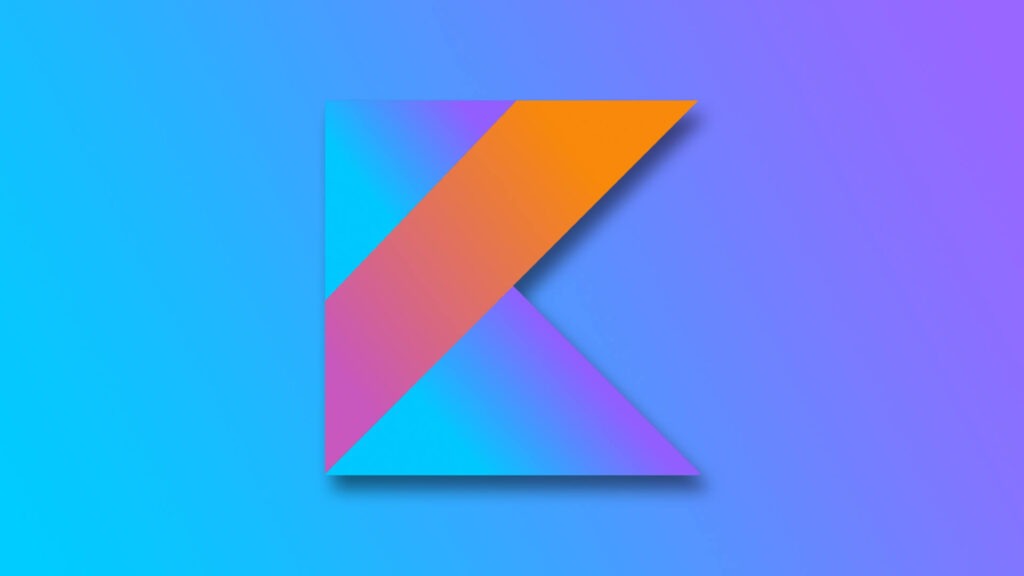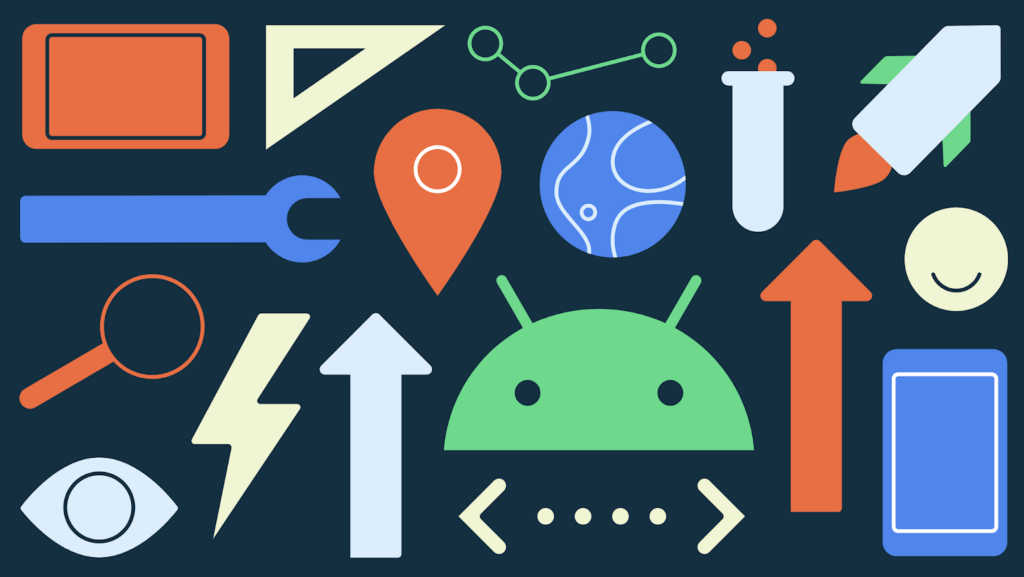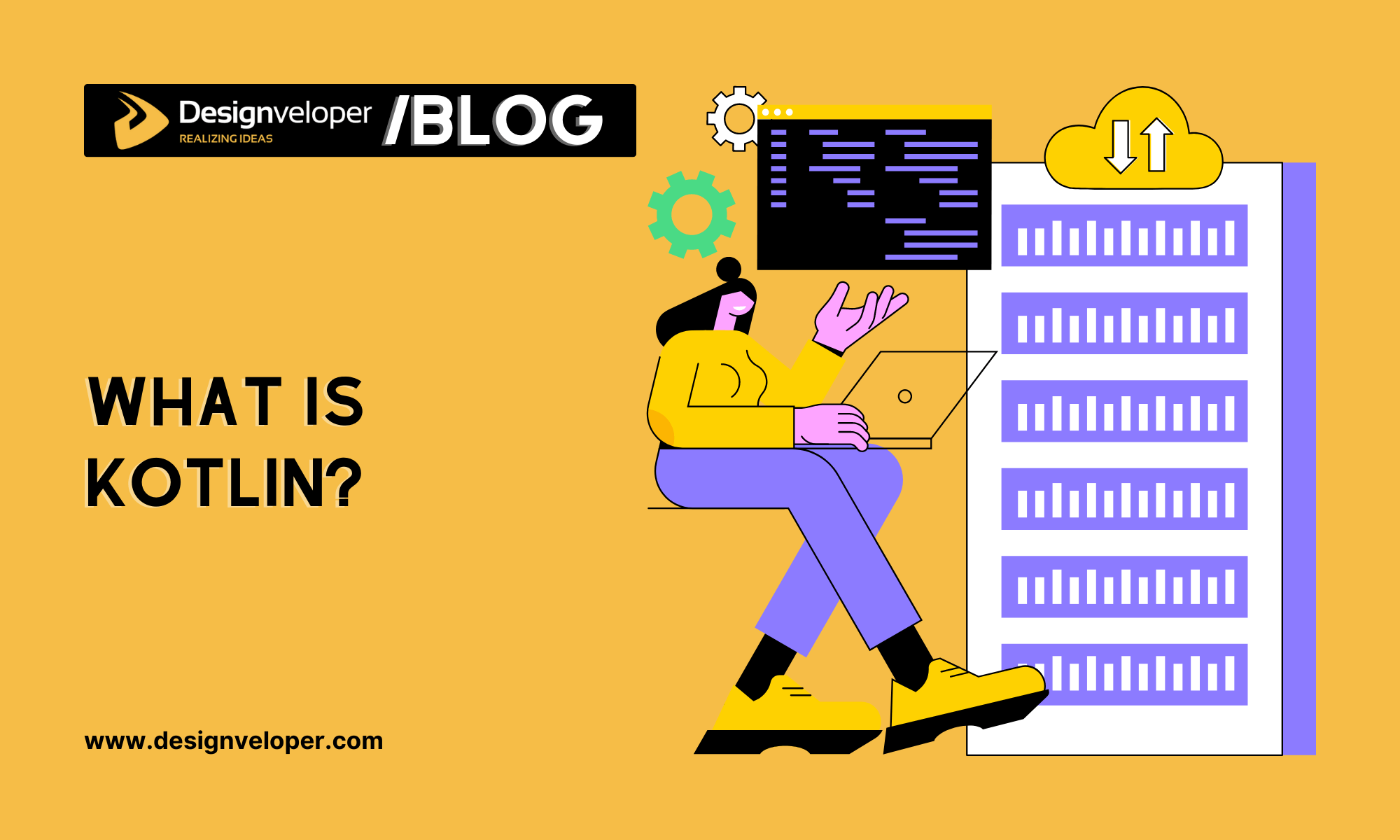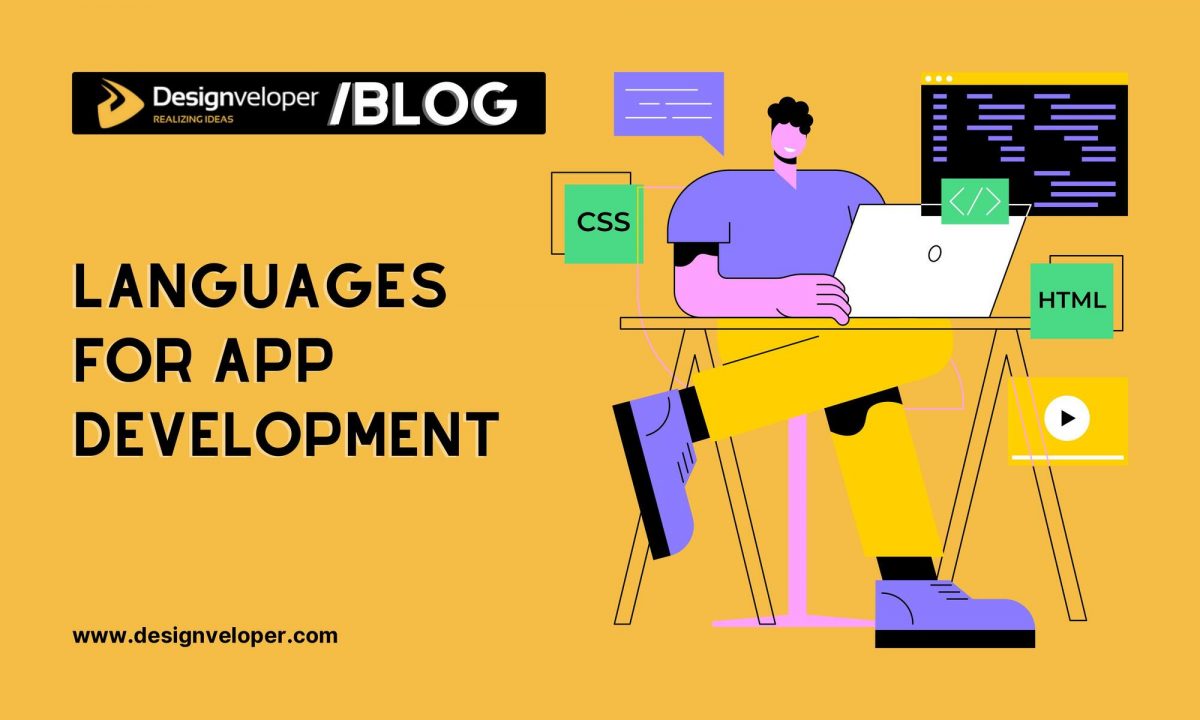Kotlin is better than Java in many ways when it comes to developing for JVM and Android, but it can still work in the same projects as Java. But what is Kotlin beyond a Java alternative?
In this post, we’ll talk about why Kotlin has become so popular, what its benefits are, and what kinds of tasks people usually use it for. By the end, we hope our readers will have a better idea of what the language is all about.
What is Kotlin?
If you know how to use the programming language Kotlin, you are probably interested in Android development. This is one of the programming languages that has grown the most in the last five years. Kotlin is used by more than 80% of the top 1000 most popular Android apps right now.
Though known for its relations with Android apps, it is also being used in other fields. Continue reading if you want to find out more about Kotlin and the benefits of using this programming language.

Since it can be built on top of the Java Virtual Machine (JVM) or JavaScript, this language is statically typed. But as of a few months ago, it can also be made without either of those. This is because it is being developed in parallel in native with LLVM. Due to this, it works perfectly with Java code, which allows a smooth switch to Java.
History
In 2010, JetBrains, a company that makes tools for making software, made a programming language called Kotlin. Most of their products were made with Java, so they decided to make a language that was similar to Java but shorter and had new features like high-order functions.
It became open source in 2012, which makes it a fairly new way to write code. Over the past few years, the number of people using Kotlin has steadily grown. In 2019, Google said that Kotlin would be their preferred language for Android app developers. It is now the second most popular language after Java that can run on the Java Virtual Machine.
Recommended reading: Top 7 Web Development Languages To Use In 2022
8 Features That Set the Kotlin Apart
Most people think that these are good alternatives to Java because they can run on open-source platforms. It can be put together with Java codes, Javascript codes, and Java libraries. Kotlin also comes with its own libraries, which can all be used through the Application programming interface.
In Java, a lot of the same things are done over and over again, which makes the code long. Kotlin, on the other hand, is more streamlined and up-to-date. Because of this, it is easy enough for beginners to understand. It mostly cuts down on functional code and gets rid of code that does the same things. Kotlin protects null points by getting rid of the need for null point exceptions and making semicolons (;), which are required in Java but not in Kotlin, optional. There’s also no problem if the user’s default app is the one being used.
Kotlin is a programming language that is easy to learn. It also comes with a number of useful programs that are already installed. Kotlin makes it possible to write short versions of Java programs that would be too long to write in Java. This means that it does the same thing with less code but gets the same results. The less time it takes to write a shortcode, the more money it saves.
To help you better understand its strengths, we’ve compiled Kotlin’s most significant advantages into a readable list below.
1. Functional Programming
Even though it does allow top-level functions, the fact that Kotlin can be used for functional programming is only the beginning of the story. Some of the other features of the language are higher-order functions, anonymous functions, lambdas, inline functions, closures, tail recursion, and generics. In other words, Kotlin is a functional language in every sense of the word. It has all of the features and benefits of a functional language.
2. Safety
In keeping with the idea of avoiding common mistakes, Kotlin was made to get rid of the risk that references to null pointers posed and to make it easier to deal with null data. This is done by making the value “null” illegal for standard types, making types that can take “null” as a value, and using shorthand notations for dealing with “null” tests.
3. Interoperability with Java
One of the most important things about Kotlin is that it is fully compatible with the syntax of Java. That is, if a code base is already written in Java, it is possible for it to work well with Kotlin, and vice versa.
4. Easy Learning Curve
The syntax is easy to understand, so learning it is quick, easy, and natural. This makes it a great choice for people who want to learn their first programming language.

5. Coroutines
In the Kotlin programming language, threads that don’t do a lot of work are called “coroutines”. When they are inside a CoroutineScope, you use the launch coroutine builder to start them. One of the best coroutine scopes is runBlocking, because it affects the code block that the coroutine runs. Coroutines in general make asynchronous programming more efficient. They do this by making the time-consuming tasks of making network calls and accessing databases faster and easier. They also get rid of the need for callbacks.
6. Cross-Platform Development
Kotlin can be used for any kind of development, from server-side to client-side web development to development for Android and iOS. The fact that the language runs on JVM makes it possible to use the same code on many different platforms.
7. Flexibility
Kotlin gives developers the freedom to use whatever style of programming works best for them. Because of this, it is a language with a lot of flexibility and parts that are both functional and object-oriented. All of this makes programming a more enjoyable experience.
8. Support
Kotlin comes with support for a wide variety of Android tools. This includes Android Studio, Android KTX, and Android SDK, which make it easier to make apps for Android. It also has a group of developers who are always working to improve the language and make documentation for it.
Recommended reading: What Does a Web Developer Do? Career, Salary, Reviews
What is Kotlin Used For?
Kotlin was made for betterment of everyday app development, especially on the server-side or client-side for advanced Android development. This is what led to the creation of the Kotlin language. On the other hand, it also can be used for any kind of development and has many uses.
This is a programming language that developers use to make apps for both mobile devices and servers. In addition to developing the backend, Kotlin uses JavaFX, JavaScript, and other similar technologies. Kotlin is a native programming language that can be used on any desktop or mobile platform. some Internet of Things (IoT) devices are also great with it.
Its benefits are varied. Below are more details on Kotlin’s usages, to provide you with more information on it.
Back-End Web Development
Kotlin and the JVM are popular choices for back-end web development among programmers. This is because they require less code to be written than Java, even when the code is the same.
Most of the Java-specific words can be removed or greatly reduced with Kotlin. For instance, the code you write in Kotlin is often shorter and easier to understand than the code you write in Java.
Kotlin is a great language for working on big projects with many teams. When developers of different modules work together to make the back-end by sharing code, they can increase how productive they are.
Full-Stack Web Development
It makes perfect sense to use Kotlin when building websites with a part that runs on the server. After all, Java has been used by people ever since it came out. But you can also use Kotlin for front-end development by combining it with JS and using the Kotlin/JS combination.
With Kotlin/JS, developers can use powerful APIs for browsers and the web while keeping their code clean. Full-Stack Developers only need to know how to use Kotlin. They can write code for the front-end in the same language they used for the back-end. Afterwards, he code will be turned into JavaScript so it can run in the browser.
Server-Side Development
When combined with JS, this programming language is useful not only for back-end web development but also for server-side web development.
Kotlin/JS not only lets you use powerful browser and web APIs, but it also makes sure that your code stays type-safe the whole time.
Android Development
Kotlin is the best language for making Android apps because it makes it easier for developers to write code that is short, clear, and safe. Android Studio is the official integrated development environment (IDE) for making apps for Android. It fully supports Kotlin. This means that you may be able to use the same code completion and type checking tools in Kotlin as you can in Java to help you write code.

Since most people now use their mobile phones to connect to the internet, it is important for most businesses to have a mobile presence. Even if Kotlin was only used to make apps for Android, there would still be a big need for Kotlin developers because Android has more than 70% of the mobile phone market share. Even so, it can be used for a lot of other things.
Data Science
Data scientists have always used Java to process a lot of data, look for patterns, and come up with hypotheses. It is only natural to think that Kotlin will also be used in this field.
Data scientists can write their own code in Kotlin, but they can still use all of the Java libraries they’ve used in the past for Java projects. Jupyter and Zeppelin support Kotlin. These are two tools that many data scientists use regularly to visualize data and do exploratory research, respectively.
Cross-Platform Mobile Development
In contrast to other cross-platform app development tools, Kotlin’s Multiplatform Mobile (KMM) lets you use features that are only available on iOS and Android devices.
The best thing about KMM is that it gets rid of the need to add new programming languages to a codebase in order to make an app that works on multiple platforms. Because of this, users of Android and iOS will be able to get the experience they want, and the process of making apps for mobile devices will be made easier.
Recommended reading: What is the Future of Frontend Web Development?
Kotlin vs. the World
To get a better context of Kotlin today, let’s compare it with two of its “rivals”, Java and Scala. Along with it, we will also give more examples of tools and apps built by Kotlin, and an estimation of the future of the language.
Kotlin vs. Java
Since the announcement at Google I/O, the Android community has talked a lot about whether Kotlin or Java should be used for new development. When Kotlin 1.0 came out in February 2016, though, people were already asking the question, so the debate has been going on for a while. Kotlin code is safer and more concise than Java code. Also, Kotlin and Java files can coexist in Android apps. This means that Kotlin is useful not only for making new apps but also for making Java apps work better.
The only compelling justification we’ve seen for using Java over Kotlin is for complete Android programming novices. Given that most Android documentation and examples have historically been in Java, they may have a challenge. Converting Java to Kotlin in Android Studio, though, is as simple as putting the Java code into a Kotlin file.
The pros of using Kotlin as your main programming language for Android are hard for almost everyone to ignore. Kotlin may help avoid null reference problems, allow extension functions, support functional programming, and offer coroutines. A Java developer can usually learn Kotlin in a few hours, according to reports. To be able to do these things, this is a small price to pay. When switching from Java to Kotlin, a typical first estimate suggests that the number of lines of code will drop by about 40%.
Kotlin vs. Scala
The Android community is divided on whether Kotlin or Scala should be utilized as a programming language. If you search GitHub for Android repositories in October 2022, you’ll discover approximately 50,000 that use Java, 24,000 that use Kotlin, and (sigh) 73 that use Scala. Scala could be used to create Android apps, but few developers take the time to do so.
Scala and Kotlin are both examples of how object-oriented programming, such as that used by Java, can be mixed with functional programming. Many notions and notations are shared by both languages. For example, val is used to write non-changeable declarations, whereas var is used to write changeable declarations. However, there are some minor distinctions between the two languages. When declaring a lambda function, for example, the arrow should be placed differently depending on whether a single or double arrow is used. The data class in Kotlin is equivalent to the case class in Scala.

Variables that can be null in Kotlin are set up similarly to Groovy, C#, and F#. This makes it simple to grasp for practically all coders. Scala’s Option monad, on the other hand, is used to define nullable variables. This can be so limiting that some authors appear to believe Scala lacks null safety.
Scala’s compilation times are frequently exceedingly long, which is one of the language’s most noticeable weaknesses. This is notably noticeable when assembling a big amount of Scala from the source, such as the Spark repository. Kotlin, on the other hand, was designed to compile quickly in the most frequent software development scenarios, and it does so most of the time.
Apps by Kotlin
The Kotlin programming language can be used for any kind of development, such as cross-platform, server-side, client-side web, Android, native code, data science, and even competitive programming. The most recent Kotlin developer survey, called Kotlin Census 2020 and done by JetBrains, found that the most common uses for Kotlin are mobile development (63%), web back-end development (40%), developing libraries or frameworks (17%), tooling (9%), desktop (5%), web front end (5%), and systems programming (5%). The most popular platform targets are Kotlin/Android (65% of the market share), Kotlin/JVM server (48%), Kotlin/JVM other (15%), Kotlin/Native (10%), and Kotlin/JS (6% of the market share).
Scope
Since it first came out, Kotlin’s popularity has steadily grown. It was widely known after Google said nice things about it, which helped its success. In fact, developers say that 66 percent of the time they use the lanagueg for Android development.
If we look at the companies that say Kotlin is a programming language with a lot of untapped potential, we can see that some of them are well-known around the world. Google, Atlassian, Pinterest, Kickstarter, Uber, and Netflix are just some of these companies. There is no doubt that in the coming years, more and more businesses will use Kotlin as their preferred language for their projects.
As more and more businesses stop using Java as their main programming language and switch to Kotlin, it is becoming clear that it has a lot of potential for the future. If there is room for growth in the future, there will definitely be room to move up in your career. Your job would definitely benefit from this. All you need is a strong desire to learn the language, since Pinterest, Basecamp, Netflix, and Uber, among others, are already using it.
FURTHER READING: |
1. What is the Most Popular Web Server Application |
2. 5 Things we need to know Before designing your Website |
3. What Does a Web Developer Do? Career, Salary, Reviews |
Conclusion
Kotlin is a modern programming language that is easier to write than Java but still works in the same way as Java in the Java runtime environment. The llanguage makes it easier and faster to make Android apps and apps that run on multiple platforms using the JVM, compared to Java.
To learn how to code, you need time, effort, dedication, and practice. Before you decide to learn a new programming language, you need to figure out which one will serve your needs and goals the best. Kotlin is easy to use, works well, is safe, and is used by a lot of people. If you have any more questions, please don’t be afraid to look at our other programming blogs or get in touch with us for direct help.





















